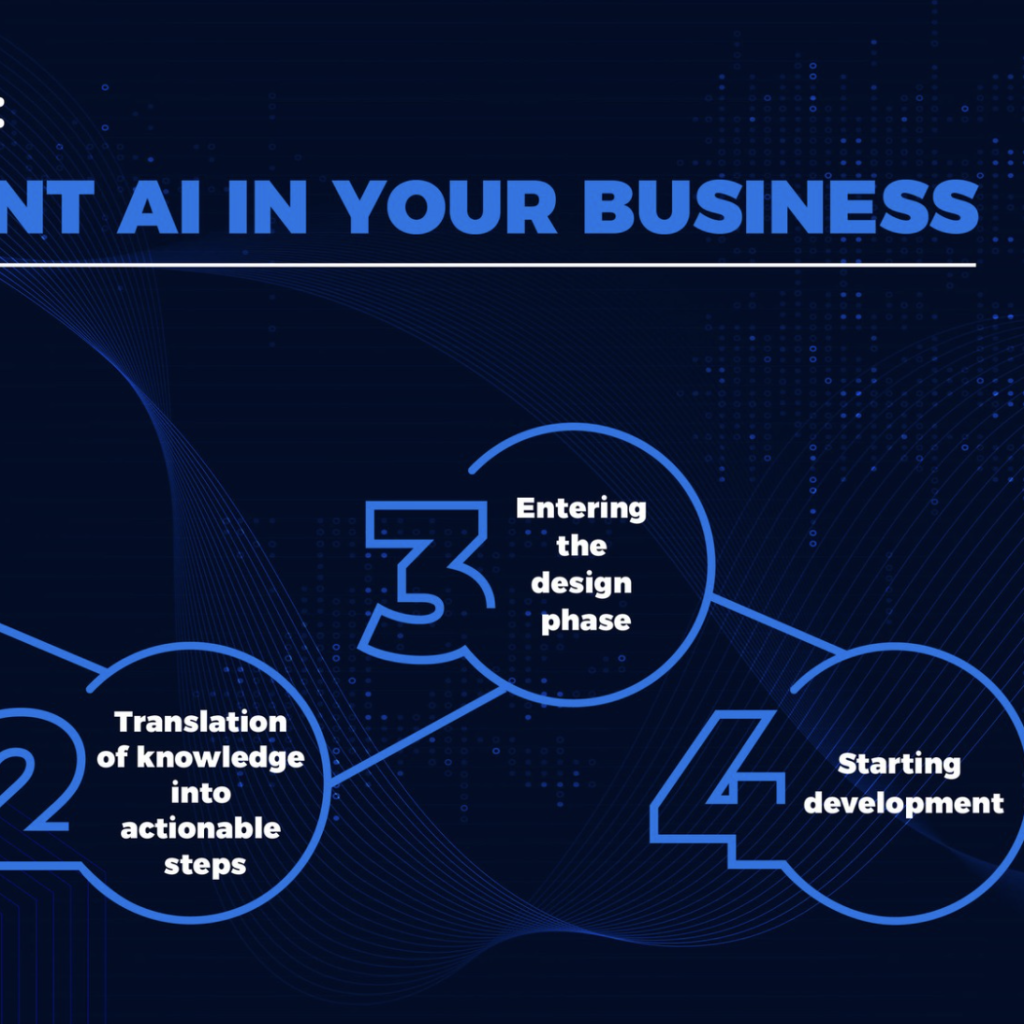In a breakthrough blending machine learning with human expertise, scientists at the University of Virginia have unveiled a pioneering approach to drug discovery aimed at mitigating the adverse effects of scarring following heart injuries. By harnessing the power of artificial intelligence, this novel technique promises to revolutionize the identification and understanding of drugs, potentially transforming treatment strategies for a myriad of complex diseases.
Led by Dr. Jeffrey J. Saucerman and his team, this cutting-edge endeavor marks a significant leap forward in medical research and holds immense potential for improving patient outcomes worldwide.
The fusion of machine learning and human insight
The scholarly pursuits embarked upon by the erudite researchers hailing from the venerable institution of the University of Virginia, operating under the sagacious guidance of the esteemed Dr. Saucerman, embarked on an odyssey of unparalleled intellectual ambition, seeking to forge an inseparable bond between the computational prowess of machine learning and the nuanced discernment endowed by human expertise. Their noble objective? None other than the unraveling of the enigmatic intricacies shrouding the effects of pharmacological agents on the intricate tapestry of fibroblasts, those specialized cellular entities indispensable for the intricate process of cardiac restitution yet inextricably enmeshed within the labyrinthine landscape of deleterious fibrosis.
Drawing upon the rich reservoir of scholarly acumen amassed over epochs and harnessing the zenith of technological innovation in computational modeling, the erudite cohort conceived a pioneering methodology baptized as “logic-based mechanistic machine learning.”
Diverging markedly from conventional methodologies that merely graze the surface of cellular dynamics, this exquisitely intricate approach aspires to plumb the unfathomable depths, prognosticating not merely the superficial manifestations of drug responses but also unfurling the convoluted intricacies governing the comportment of fibroblasts with unparalleled precision and profundity.
Promising discoveries and future prospects
Through rigorous experimentation and analysis, the UVA researchers achieved remarkable insights into the effects of various drugs on fibroblast behavior. Notably, their model unearthed the mechanisms by which drugs such as pirfenidone and experimental Src inhibitor WH4023 exert their effects, offering tantalizing prospects for targeted interventions.
While further validation in animal models and clinical trials is warranted, the preliminary findings underscore the transformative potential of mechanistic machine learning in drug discovery. Beyond heart fibrosis, this pioneering approach holds promise for tackling a plethora of complex diseases, ushering in a new era of personalized medicine and enhanced therapeutic efficacy.
As the realms of machine learning and biomedical research continue to converge, one cannot help but wonder about the boundless possibilities that lie ahead. Can this revolutionary fusion of technology and human insight unlock the secrets of countless diseases, paving the way for tailored treatments and improved patient outcomes?
The journey towards answering this question unfolds, propelled by the relentless pursuit of knowledge and the unwavering commitment of visionary researchers like Dr. Saucerman and his team. In this ever-evolving landscape of medical innovation, the synergy between man and machine offers a beacon of hope, illuminating the path towards a healthier, more resilient future.





